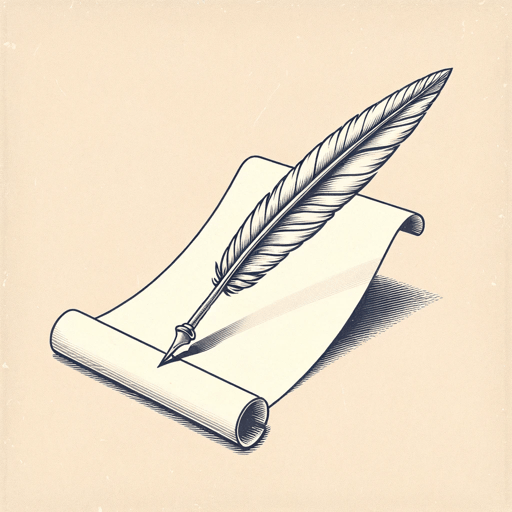89 pages • 2 hours read
Alexis de TocquevilleDemocracy in America
Nonfiction | Book | Adult | Published in 1835A modern alternative to SparkNotes and CliffsNotes, SuperSummary offers high-quality Study Guides with detailed chapter summaries and analysis of major themes, characters, and more.
Before You Read
Summary
Volume 1, Part 1, Introduction
Volume 1, Part 1, Chapters 1-2
Volume 1, Part 1, Chapters 3-4
Volume 1, Part 1, Chapter 5
Volume 1, Part 1, Chapters 6-7
Volume 1, Part 1, Chapter 8
Volume 1, Part 2, Chapters 1-2
Volume 1, Part 2, Chapters 3-4
Volume 1, Part 2, Chapter 5
Volume 1, Part 2, Chapter 6
Volume 1, Part 2, Chapter 7
Volume 1, Part 2, Chapter 8
Volume 1, Part 2, Chapters 9-10
Volume 2, Notice
Volume 2, Part 1, Chapters 1-2
Volume 2, Part 1, Chapters 3-5
Volume 2, Part 1, Chapters 6-8
Volume 2, Part 1, Chapters 9-10
Volume 2, Part 1, Chapters 11-12
Volume 2, Part 1, Chapters 13-15
Volume 2, Part 1, Chapters 16-19
Volume 2, Part 1, Chapters 20-21
Volume 2, Part 2, Chapters 1-3
Volume 2, Part 2, Chapters 4-7
Volume 2, Part 2, Chapters 8-12
Volume 2, Part 2, Chapters 13-17
Volume 2, Part 2, Chapters 18-20
Volume 2, Part 3, Chapters 1-4
Volume 2, Part 3, Chapters 5-7
Volume 2, Part 3, Chapters 8-12
Volume 2, Part 3, Chapters 13-16
Volume 2, Part 3, Chapters 17-20
Volume 2, Part 3, Chapters 21-26
Volume 2, Part 4, Chapters 1-3
Volume 2, Part 4, Chapters 4-6
Volume 2, Part 4, Chapters 7-8
Key Figures
Themes
Index of Terms
Important Quotes
Essay Topics
Volume 2, Part 1, Chapters 11-12
Volume 2, Part 1, Chapters 11-12 Summary and Analysis: “In What Spirit the Americans Cultivate the Arts” and “Why the Americans at the Same Time Raise Such Little and Such Great Monuments”
Tocqueville continues his theme of American materialism, arguing that this also extends to artistic expression. Because of their pragmatism, “Democratic nations, in which all these things are encountered, will therefore cultivate the arts that serve to render life convenient in preference to those whose object is to embellish it” (439). Aristocratic taste, by contrast, is driven less by pragmatism and more by cultural habit, which a select group of artisans learn to satisfy. In democracies consumer demand reaches the entire population, so there is more pressure to produce lower-quality goods at affordable prices. Tocqueville asserts, “In aristocracies, a few great pictures are done, and in democratic countries, a multitude of small paintings. In the first they raise statues of bronze and in the second they pour out statues of plaster” (442). In contrast to their limited artistic vision, Americans build grand monuments to represent the nation. Tocqueville argues that this is because the idea of the nation looms so large: “nation. Nowhere else does the nation itself seem greater, nor does the mind more readily make a vast picture of it” (443). This explains the grand architecture of Washington, DC, especially the fact that the legislative building has “the pompous name of Capitol” (444).
Related Titles
By Alexis de Tocqueville


